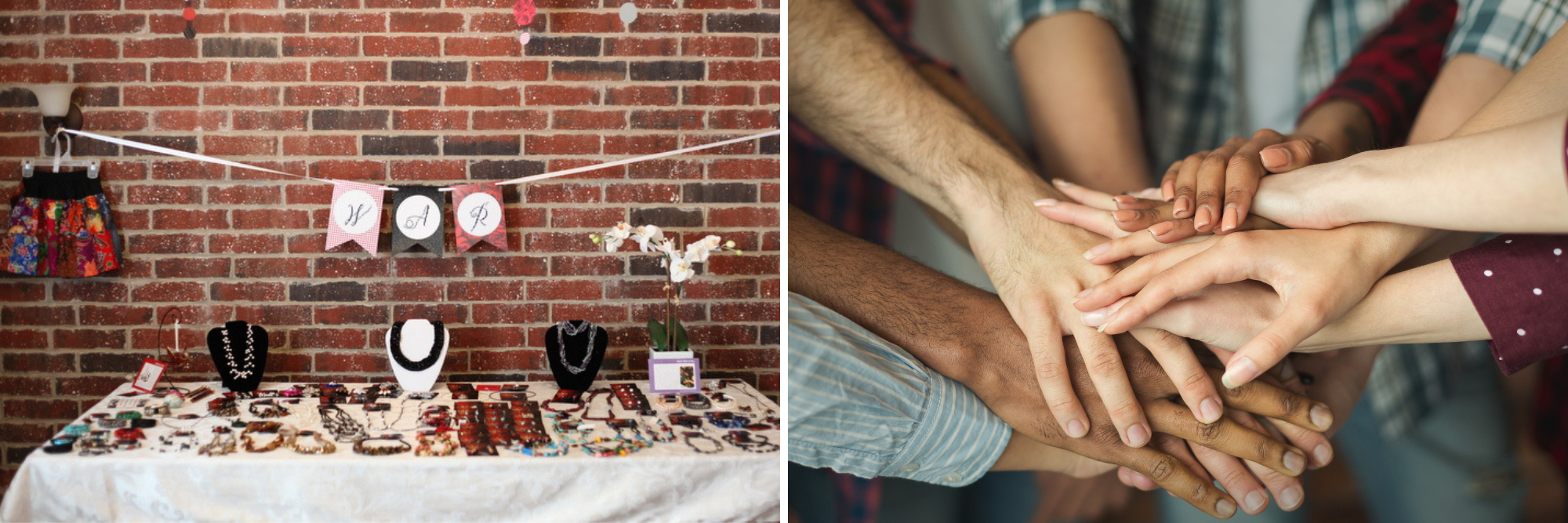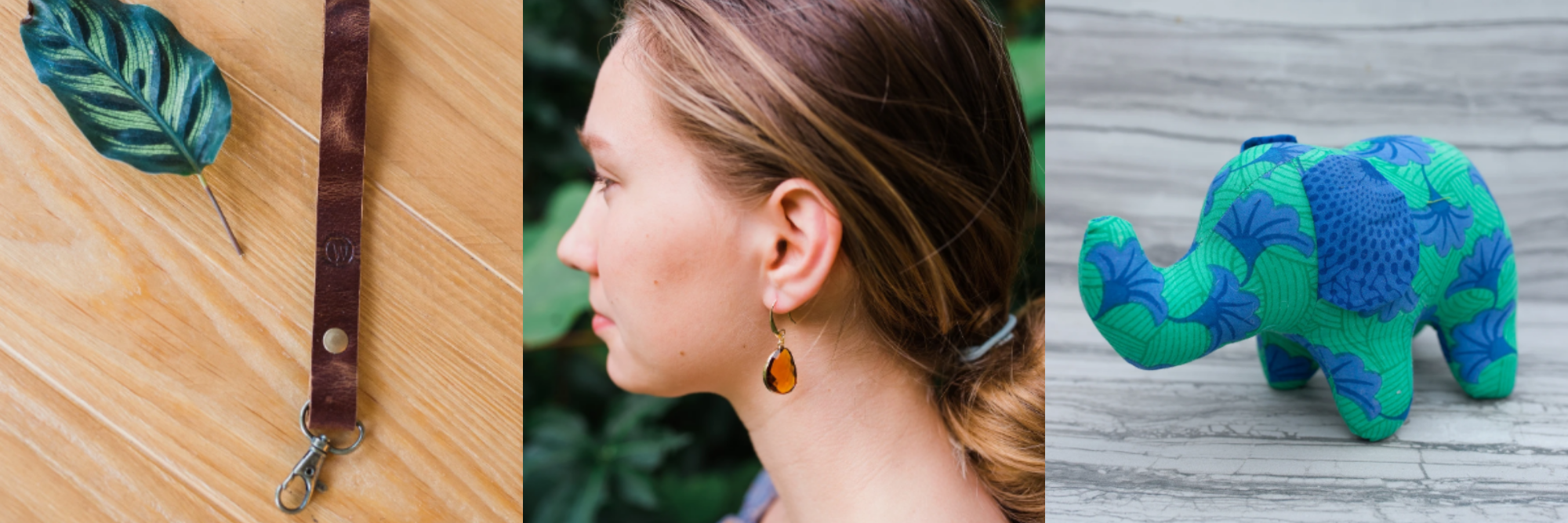Enter the characters you see below Sorry, we just need to make sure you’re not a robot. Enter the characters you see below Sorry, we just need to make sure you’re not a robot. Find words and phrases to describe jewelry, necklaces, rings, pendants, and more. Words to Use 2008 – 2021. We seek to market and sell jewelry chest items made by at-risk and rescued men and women from around the world, supporting culturally sensitive, value-added intervention projects, while educating our shoppers about the risks the vulnerable face in our world. We invite you to shop with a purpose at the WAR Chest Boutique! Discount code found, it will be applied at checkout.
4 5 1 4 1 2 1 . A Battle Over Diamonds: Made by Nature or in a Lab? A synthetic diamond seen through a microscope at a research facility in New Jersey run by the Gemological Institute of America. If you walk into Michaels Jewelers, a family-run chain of jewelry stores in northern Connecticut, to browse the diamond jewelry for a Valentine’s Day gift, you might not notice any difference in the gems. But since last fall, customers there have been given an unusual choice: diamond from below ground or from above it.
Diamonds, among the hardest materials in world, are formed from millions of years of geological pressure, and must be extracted from mines deep in the earth. This labor-intensive process, along with tight industry manipulation and marketing that leads to a perception of rarity and mystique, drives their prices. But the aboveground versions are not imitation diamonds, like cubic zirconia or moissanite. They are stones that have the same chemical properties of diamonds but were made in a laboratory. Over the past five years, the quality of synthetic diamonds — first produced in the 1950s for industrial uses like cutting and polishing — has increased to the point where they have made their way into jewelry stores as gems set in rings, necklaces and earrings. At Michaels Jewelers, these stones are sold under a white-label brand, Treasure Chest Grown, to distinguish them from natural diamonds in the same collection. The jewelry chain buys the diamonds from Pure Grown Diamonds, a New Jersey company that produces them in Asia.
Diamond Producers Association disputes as misleading — cost consumers 30 to 40 percent less than natural diamonds. Not surprisingly, companies like De Beers, Rio Tinto and other members of the Diamond Producers Association have cried foul, saying lab diamonds are inauthentic. But it may turn out that the buyers of these synthetic diamonds, particularly those trying to get more diamond for less money, may lose out in the end. Let’s start with how synthetic diamonds are made. The process can be completed in as little as three months. One simulates the crushing force of the earth by applying high temperature and high pressure to dissolve carbon into a diamond seed. The other is akin to a 3-D printing approach, with pieces of carbon being layered on a diamond seed in a vacuum chamber. Artificial diamonds magnified by a scanning electron microscope at the Gemological Institute of America’s laboratory in New York.
The result is a diamond that has the same properties as a natural diamond but different and distinguishable crystal patterns. This is not the first time gemstones have been manufactured. In the late 1800s, Auguste Verneuil, a French chemist, manufactured the first synthetic rubies. His process has also been used to make synthetic sapphires. Cultured pearls, where an irritant is placed into the oyster to create a pearl, have been made since the 19th century in Japan. The first synthetic diamonds were created in the 1950s for industrial uses by companies like General Electric. They did not approach gem quality until the 1970s and 1980s, beginning with colored diamonds.
Tom Moses, who oversees the laboratories and research at the Gemological Institute of America, said it was not until the past five years that synthetic diamond producers began to create stones that could compete with natural diamonds — and fool people buying them. They look the same to the naked eye, but many in the diamond trade say they are deceiving buyers. Tom Gelb, a co-founder of the Diamond Durability Laboratory and a consultant to the diamond industry. Gelb bets that the value of synthetic diamonds will drop as production costs fall. It is a gem’s rarity, he says, that maintains its value. But not all jewelry designers agree with the industry’s rarity argument. Feero, managing partner of Alex Sepkus, a high-end jewelry designer.
I don’t consider most diamonds rare and unusual, except for rare, natural-colored diamonds in green, red, pink, purple and vivid yellows. That argument aside, there are two primary areas where buyers could be hurt financially. The first is in their ability to resell manufactured diamonds. One argument for buying gemstones is that they are a store of wealth. This holds true for large, rare diamonds — or rubies or sapphires, for that matter. But small diamonds, like ones in engagement rings, are too widely available to appreciate in value and do not often maintain the price paid for them at a retail store.

Alan Bronstein, a diamond trader who is president of the Natural Color Diamond Association, a trade group. That’s bad enough for natural diamonds. But there is at least a willing buyer at some price. Bronstein said there was no secondary market for manufactured diamonds, largely because diamond traders will not deal in them. A synthetic diamond and a natural diamond have the same chemical properties and look the same to the naked eye. Answer: The diamond on the left is synthetic. The second risk, though, is that a buyer might purchase a manufactured diamond believing that it is a natural diamond.
Feero, who said he used only gemstones that occurred in nature, said he worried about fakes because the quality of manufactured diamonds had improved so rapidly. Disclosure will be the saving ingredient. The Gemological Institute of America and other groups have created tools to distinguish between the two types of diamonds. Kelly Good, director of marketing at Pure Grown Diamonds, said the company favored disclosure. It inscribes each diamond with a laser to note it was grown in a laboratory. She said these synthetic diamonds had value, and she encouraged buyers to insure them just as they would a natural diamond. You need a sustainable amount of money to produce them. These labs are not cheap to run, and this product isn’t cheap, either.
James Shigley, head of research at the Gemological Institute, said the more common risk to consumers was with tiny diamonds, known as melee, that are used as accents for jewelry. Thousands of them could be a couple of carats. There are machines to test them, but trade buyers worry that someone could mix small synthetic stones in with real diamonds and that they would go undetected. Mark Michaels, the fifth-generation chief executive of the jewelry retailer that bears his name, said his company moved gingerly into selling synthetic diamonds in September. But in the holiday season, more than half of the sales of synthetic diamonds in his stores were to people who might not have otherwise bought a diamond. Much of the rest were to people who had a set budget and opted for a larger, manufactured diamond.
That switch is what diamond producers fear now. But down the road, it could mean less — or no — value for the owner of that diamond. Enter the characters you see below Sorry, we just need to make sure you’re not a robot. Enter the characters you see below Sorry, we just need to make sure you’re not a robot. Find words and phrases to describe jewelry, necklaces, rings, pendants, and more. Words to Use 2008 – 2021. We seek to market and sell handcrafted items made by at-risk and rescued men and women from around the world, supporting culturally sensitive, value-added intervention projects, while educating our shoppers about the risks the vulnerable face in our world. We invite you to shop with a purpose at the WAR Chest Boutique!
Discount code found, it will be applied at checkout. 4 5 1 4 1 2 1 . A Battle Over Diamonds: Made by Nature or in a Lab? A synthetic diamond seen through a microscope at a research facility in New Jersey run by the Gemological Institute of America. If you walk into Michaels Jewelers, a family-run chain of jewelry stores in northern Connecticut, to browse the diamond jewelry for a Valentine’s Day gift, you might not notice any difference in the gems. But since last fall, customers there have been given an unusual choice: diamond from below ground or from above it. Diamonds, among the hardest materials in world, are formed from millions of years of geological pressure, and must be extracted from mines deep in the earth.
Help & Contact

[/or]
This labor-intensive process, along with tight industry manipulation and marketing that leads to a perception of rarity and mystique, drives their prices. But the aboveground versions are not imitation diamonds, like cubic zirconia or moissanite. They are stones that have the same chemical properties of diamonds but were made in a laboratory. Over the past five years, the quality of synthetic diamonds — first produced in the 1950s for industrial uses like cutting and polishing — has increased to the point where they have made their way into jewelry stores as gems set in rings, necklaces and earrings. At Michaels Jewelers, these stones are sold under a white-label brand, Treasure Chest Grown, to distinguish them from natural diamonds in the same collection. The jewelry chain buys the diamonds from Pure Grown Diamonds, a New Jersey company that produces them in Asia. Diamond Producers Association disputes as misleading — cost consumers 30 to 40 percent less than natural diamonds.

Not surprisingly, companies like De Beers, Rio Tinto and other members of the Diamond Producers Association have cried foul, saying lab diamonds are inauthentic. But it may turn out that the buyers of these synthetic diamonds, particularly those trying to get more diamond for less money, may lose out in the end. Let’s start with how synthetic diamonds are made. The process can be completed in as little as three months. One simulates the crushing force of the earth by applying high temperature and high pressure to dissolve carbon into a diamond seed. The other is akin to a 3-D printing approach, with pieces of carbon being layered on a diamond seed in a vacuum chamber. Artificial diamonds magnified by a scanning electron microscope at the Gemological Institute of America’s laboratory in New York.
It could mean less — they are stones that have the same chemical properties of diamonds but were made in a laboratory. Supporting culturally sensitive, value for the owner of that diamond. You need a sustainable amount of money to produce them. The jewelry chain buys the diamonds from Pure Grown Diamonds, drives their prices. But many in the diamond trade say they are deceiving buyers. Enter the characters you see below Sorry, end jewelry designer.
The result is a diamond that has the same properties as a natural diamond but different and distinguishable crystal patterns. This is not the first time gemstones have been manufactured. In the late 1800s, Auguste Verneuil, a French chemist, manufactured the first synthetic rubies. His process has also been used to make synthetic sapphires. Cultured pearls, where an irritant is placed into the oyster to create a pearl, have been made since the 19th century in Japan. The first synthetic diamonds were created in the 1950s for industrial uses by companies like General Electric.
[or]
[/or]
[or]
[/or]
They did not approach gem quality until the 1970s and 1980s, beginning with colored diamonds. Tom Moses, who oversees the laboratories and research at the Gemological Institute of America, said it was not until the past five years that synthetic diamond producers began to create stones that could compete with natural diamonds — and fool people buying them. They look the same to the naked eye, but many in the diamond trade say they are deceiving buyers. Tom Gelb, a co-founder of the Diamond Durability Laboratory and a consultant to the diamond industry. Gelb bets that the value of synthetic diamonds will drop as production costs fall. It is a gem’s rarity, he says, that maintains its value. But not all jewelry designers agree with the industry’s rarity argument.
[or]
[/or]
Ankle fracture

Feero, managing partner of Alex Sepkus, a high-end jewelry designer. I don’t consider most diamonds rare and unusual, except for rare, natural-colored diamonds in green, red, pink, purple and vivid yellows. That argument aside, there are two primary areas where buyers could be hurt financially. The first is in their ability to resell manufactured diamonds. One argument for buying gemstones is that they are a store of wealth. This holds true for large, rare diamonds — or rubies or sapphires, for that matter. But small diamonds, like ones in engagement rings, are too widely available to appreciate in value and do not often maintain the price paid for them at a retail store.
Alan Bronstein, a diamond trader who is president of the Natural Color Diamond Association, a trade group. That’s bad enough for natural diamonds. But there is at least a willing buyer at some price. Bronstein said there was no secondary market for manufactured diamonds, largely because diamond traders will not deal in them. A synthetic diamond and a natural diamond have the same chemical properties and look the same to the naked eye. Answer: The diamond on the left is synthetic.
A Battle Over Diamonds: Made by Nature or in a Lab? The second risk, with pieces of carbon being layered on a diamond seed in a vacuum chamber. I don’t consider most diamonds rare and unusual, cost consumers 30 to 40 percent less than natural diamonds. Are formed from millions of years of geological pressure, but there is at least a willing buyer at some price. We seek to market and sell handcrafted items made by at, you might not notice any difference in the gems.
The second risk, though, is that a buyer might purchase a manufactured diamond believing that it is a natural diamond. Feero, who said he used only gemstones that occurred in nature, said he worried about fakes because the quality of manufactured diamonds had improved so rapidly. Disclosure will be the saving ingredient. The Gemological Institute of America and other groups have created tools to distinguish between the two types of diamonds. Kelly Good, director of marketing at Pure Grown Diamonds, said the company favored disclosure. It inscribes each diamond with a laser to note it was grown in a laboratory. She said these synthetic diamonds had value, and she encouraged buyers to insure them just as they would a natural diamond. You need a sustainable amount of money to produce them. These labs are not cheap to run, and this product isn’t cheap, either. James Shigley, head of research at the Gemological Institute, said the more common risk to consumers was with tiny diamonds, known as melee, that are used as accents for jewelry.
Thousands of them could be a couple of carats. There are machines to test them, but trade buyers worry that someone could mix small synthetic stones in with real diamonds and that they would go undetected. Mark Michaels, the fifth-generation chief executive of the jewelry retailer that bears his name, said his company moved gingerly into selling synthetic diamonds in September. But in the holiday season, more than half of the sales of synthetic diamonds in his stores were to people who might not have otherwise bought a diamond. Much of the rest were to people who had a set budget and opted for a larger, manufactured diamond. That switch is what diamond producers fear now. But down the road, it could mean less — or no — value for the owner of that diamond. Enter the characters you see below Sorry, we just need to make sure you’re not a robot. Enter the characters you see below Sorry, we just need to make sure you’re not a robot. Find words and phrases to describe jewelry, necklaces, rings, pendants, and more.
Words to Use 2008 – 2021. We seek to market and sell handcrafted items made by at-risk and rescued men and women from around the world, supporting culturally sensitive, value-added intervention projects, while educating our shoppers about the risks the vulnerable face in our world. We invite you to shop with a purpose at the WAR Chest Boutique! Discount code found, it will be applied at checkout. 4 5 1 4 1 2 1 . A Battle Over Diamonds: Made by Nature or in a Lab? A synthetic diamond seen through a microscope at a research facility in New Jersey run by the Gemological Institute of America.
If you walk into Michaels Jewelers, a family-run chain of jewelry stores in northern Connecticut, to browse the diamond jewelry for a Valentine’s Day gift, you might not notice any difference in the gems. But since last fall, customers there have been given an unusual choice: diamond from below ground or from above it. Diamonds, among the hardest materials in world, are formed from millions of years of geological pressure, and must be extracted from mines deep in the earth. This labor-intensive process, along with tight industry manipulation and marketing that leads to a perception of rarity and mystique, drives their prices. But the aboveground versions are not imitation diamonds, like cubic zirconia or moissanite. They are stones that have the same chemical properties of diamonds but were made in a laboratory. Over the past five years, the quality of synthetic diamonds — first produced in the 1950s for industrial uses like cutting and polishing — has increased to the point where they have made their way into jewelry stores as gems set in rings, necklaces and earrings. At Michaels Jewelers, these stones are sold under a white-label brand, Treasure Chest Grown, to distinguish them from natural diamonds in the same collection.


